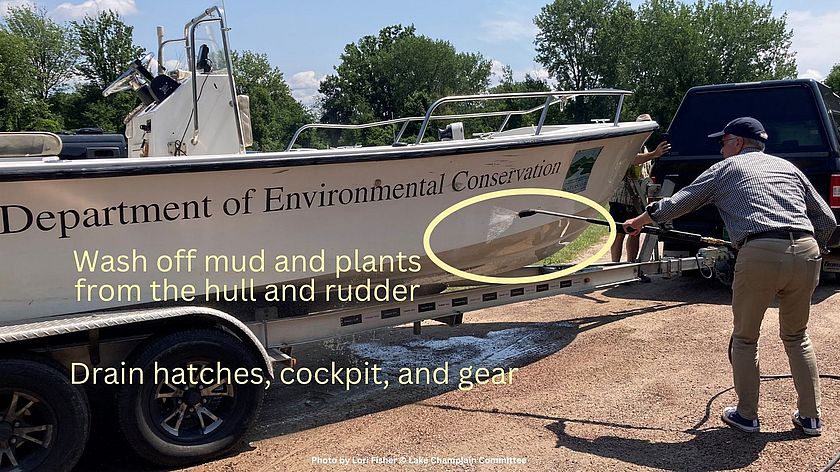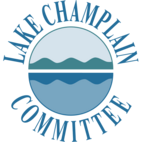Clean Lake Tip: Clean, Drain, Dry
LCC Summer's End 2024 ENews
Humans are the main conveyors of most aquatic invasive species (AIS), moving them from one body of water to another. Many of these troublesome plants and animals can be unintentionally transported on fishing gear, boating equipment, or even tiny amounts of water left in a watercraft. The simplest and most effective way to prevent the spread of aquatic invasives is to ensure that your vessel and all your equipment are cleaned, drained, and dried.

Before moving boats between waterbodies:
Clean off any mud, plants, and animals from the boat, trailer, motor and other equipment. Discard removed material in a trash receptacle or on high, dry ground where they can desiccate and there is no danger of them washing into any waterbody.
Drain all water from the boat, boat engine, and other equipment away from the waterbody.
Dry anything that comes in contact with the water. Drying the boat, trailer, and equipment in the sun for at least five days is recommended. If this is not possible, then rinse your boat, trailer parts, and other equipment with hot, high-pressure water. Some state-run boat launches in Vermont and New York have high-pressure hoses that can treat your boat with hot water after use free of charge.
Preventing the spread of AIS in Lake Champlain helps maintain native ecosystems and recreational access. Following clean, drain, dry guidance is the responsibility of every boater before moving a boat around and is critical to help keep AIS from establishing new populations. Want to get more involved with spread prevention on Lake Champlain? Join LCC’s AIS monitoring program—CHAMP—to get trained to identify and report on AIS at a site near you.
